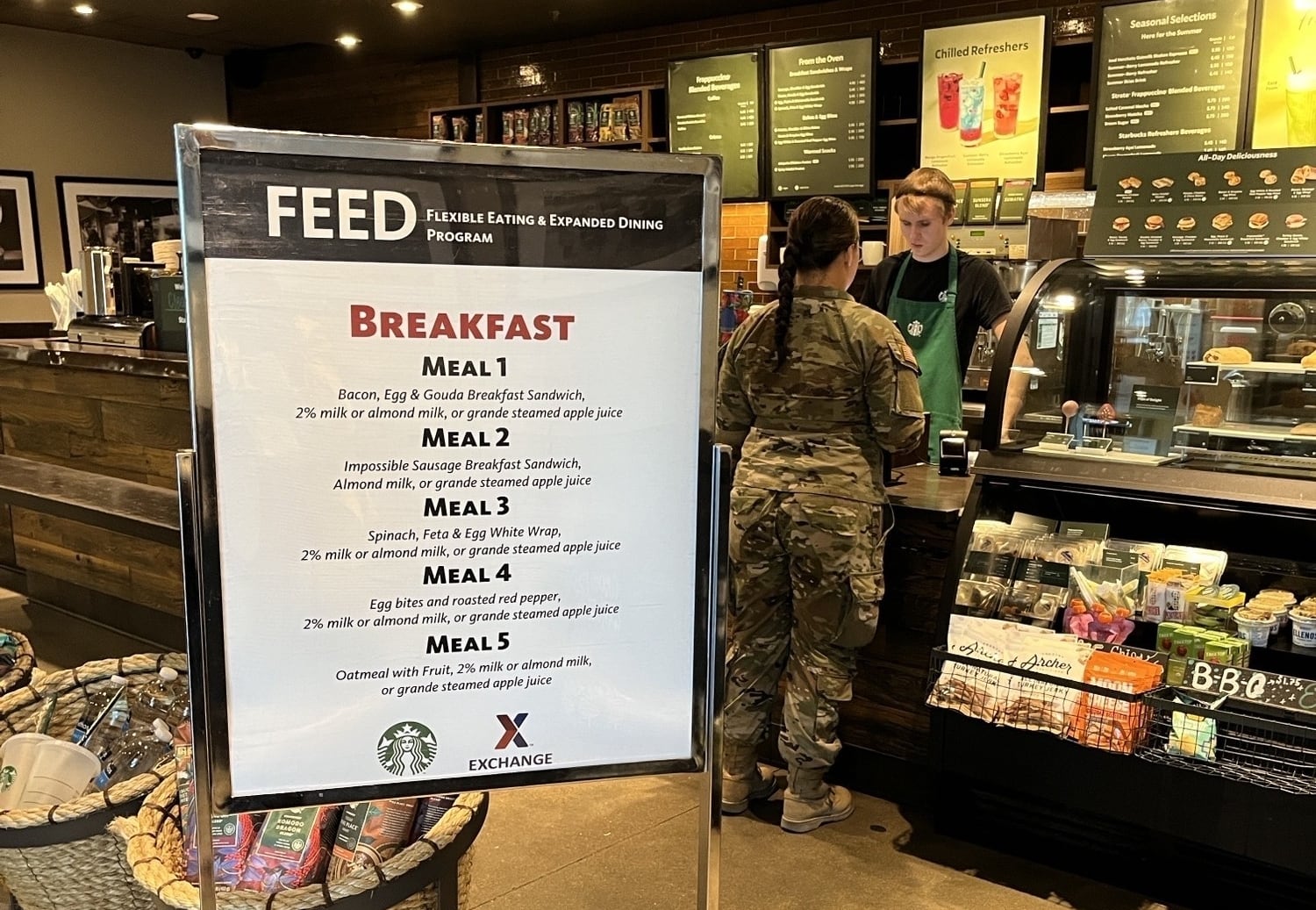WASHINGTON — The Navy’s acquisition boss, aiming to get his arms around the long-term maintenance and ownership costs of the world’s most complex fleet, has directed Naval Sea Systems Command to undertake an ambitious long-term plan for all the ships in the fleet.
James “Hondo” Geurts, the assistant secretary of the Navy for research, development and acquisition, has asked NAVSEA to compile a 30-year ship repair and maintenance plan that he intends to roll out alongside the annual shipbuilding plan.
“The idea is, we have this 30-year shipbuilding plan, that’s only as good as our ability to repair and modernize those ships once we build them,” Geurts told a gaggle of reporters Tuesday. “So what we’d like to do is create the companion plan that takes the shipbuilding plan and what we have in inventory, then forecast and plan for all the repair and modernizations that we’ll have to do.”
The Navy wants to have an idea, as it looks down to road, if it has the needed industrial capacity and infrastructure in place to meet the fleet’s needs, which will become especially important as the fleet builds up.
In fact, the Navy struggles to adequately maintain the smaller fleet it has today. In testimony last week, NAVSEA head Vice Adm. Thomas Moore told House lawmakers that the net capacity private shipyards that handle surface ship maintenance was only 75 percent of what the Navy required.
During the past decade, the increasing demands on a smaller fleet drove deployment lengths to nine months or longer, which racked up a readiness deficit that the Navy is still working through. Deployment lengths have come back down closer to seven months, but the unpredictable operations tempo made it difficult for the Navy to plan yards periods and impacted the business of the private shipyards.
Geurts conceded that operations will undoubtedly impact a 30-year maintenance schedule but said having it on paper was the right place to start when managing complicated schedules.
“It’s a very complex issue with inputs and outputs,” Geurts said. “But the only thing I know is the best way to get after a complex issue is laying out at least what you know and having that at least as a baseline so then when you have to do changes – for operational reasons of whatever — you are changing from a known baseline and you can understand quickly what the second and third order effects are. Like we do on new construction, I’d like to introduce that kind of rigor.”
Ultimately the hope is that industry can plan better with a long-term plan in place, Geurts said.
“My hope is if we can do that, industry can start planning resources, they can start hiring resources when they see the signal,” he said. “Right now we are not as well positioned in the future as I’d like to be.”
David B. Larter was the naval warfare reporter for Defense News.





